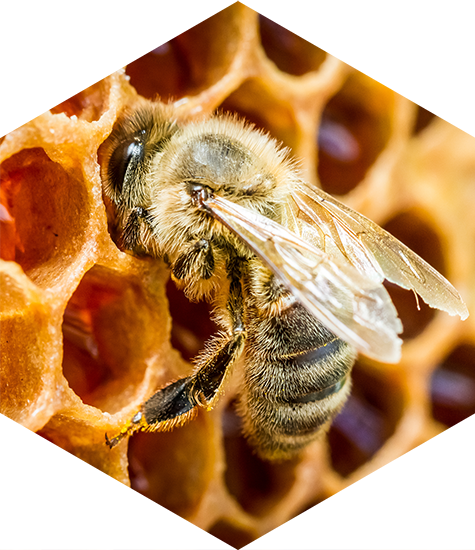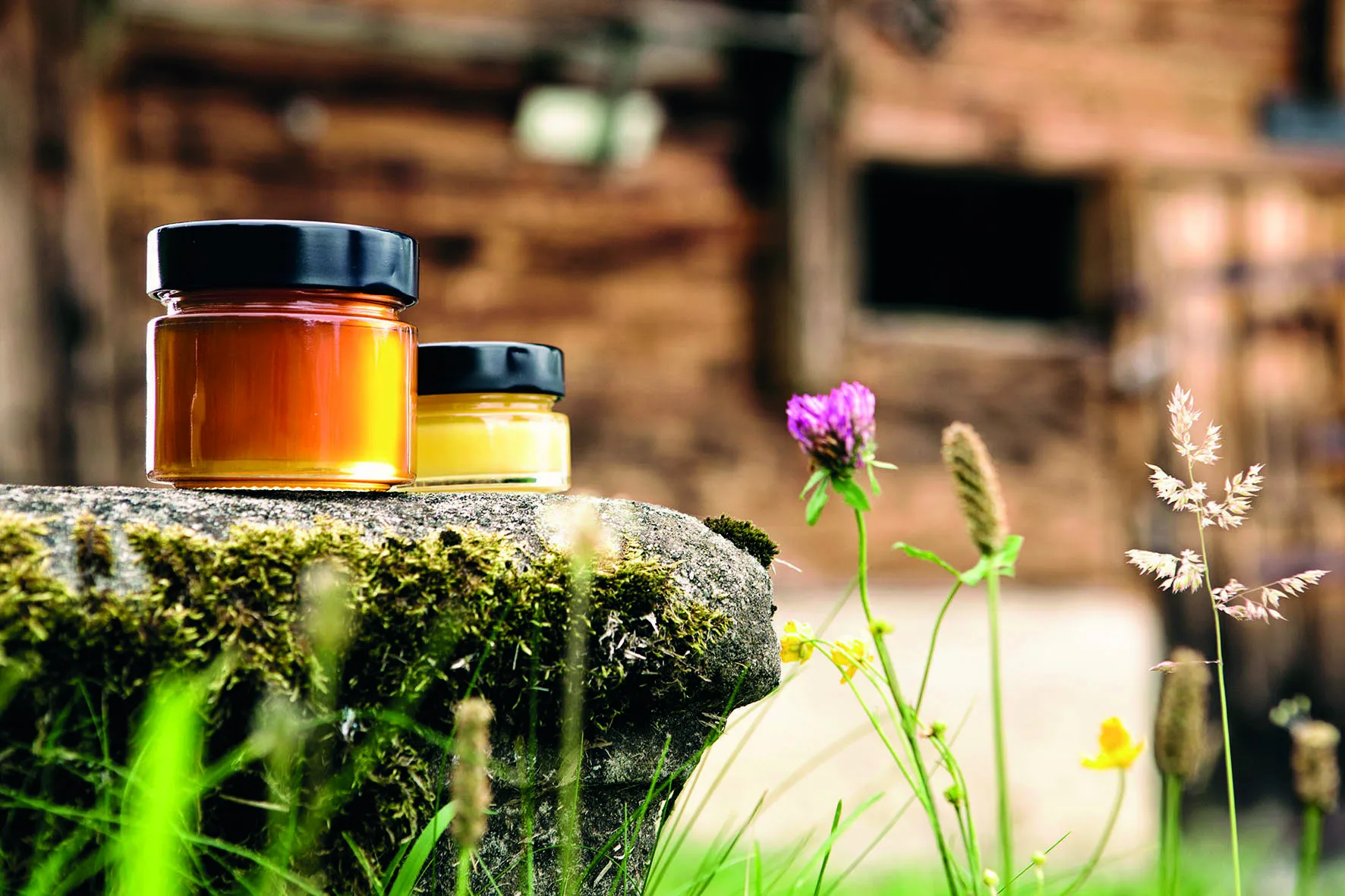Dr. Schier’s
Swiss Premium Honey


Swiss Product.
Limited.
Personal. Pure.
Dr. Schier’s honey is an assurance of pure Swiss excellence, crafted from nectar harvested by bees amidst the picturesque mountain scenery of Central Switzerland. Meticulously processed by hand using traditional methods, our honey becomes the perfect complement to your bread, tea, and more.
Why Dr. Schier’s honey is so special?
Due to the small size of the country, honey from Switzerland is scarce. Swiss beekeepers annually produce not more than 3,000 tons of excellent, world-class honey. Because of its quality, honey from the mountains of Central Switzerland is extremely popular and only sold in small quantities. An additional 8,000 tons of honey need to be imported from other European and South American countries in order to meet the domestic demand. The imported honey is mixed and bottled by industrial companies. For sale, this bottled honey is made to seem as if the honey comes from Switzerland.
Dr. Schier only sells honey produced by himself and by neighbouring beekeepers that he personally knows. This further limits the available quantities.
So Dr. Schiers’s honey is 100% Swiss guarantied. And produced by hand. If such honey is stored in a cool and dry place where it is protected from light, it can be preserved for many years.
Dr. Schier always leaves enough honey behind for the bees to safely survive the difficult Swiss winter. He believes that he owes this to the bees, as we humans consume their winter stores.
Purity guaranteed
The production process is continuously monitored by the institution «Bio-Suisse» whose guide lines are among the strictest, most comprehensive and best controlled of the world.
Natural production
Harvested with the greatest respect for the bees and their environment.
The secret behind Dr. Schier’s premium honey
Dr. Schier’s bees find their nectar in the unspoiled nature of Central Switzerland. The beehives are located on his own land in Central Switzerland along the shores of the picturesque Lake Lucerne as well as at carefully chosen remote natural sites in Central Switzerland, far away from any cities, industrial facilities or traffic. Some beehives are sited in a side valley, surrounded by high mountains, so remote that even bees from the neighbouring valleys seldom find their way there. This largely preserves the purity of the local breed of bees.
The bees collect nectar and pollen to make honey, using a technique that was perfected within the last 40 million years.
Dr. Schier does not add anything, nor does he change the honey produced by the bees in any way. This means that every bottle of Dr. Schier’s Premium-Honey is unique.
The production process applies the absolute minimum in technology. It preserves the traditional ways of harvesting honey and guarantees a sustainable and natural approach.
To prove that his honey is absolutely pure and that it is free of chemical residues, the honey is routinely tested by Agroscope Liebefeld Posieux in Berne/Switzerland, the Biological Institute for Pollen Analysis in Kehrsatz/Switzerland, the Apicultural State Institute at Hohenheim University in Stuttgart/Germany, and the Institute for Food and Honey Analysis, Quality Services International in Bremen/Germany.